Photographer Antoine Bruy’s ongoing series, “Scrublands,” is part travelogue, part documentary, and part myth. It started in 2010, when Bruy found work on a farm in Australia through Worldwide Opportunities on Organic Farms (WWOOF), a network that places volunteers on organic farms. “When I was in Australia I wanted to experience the landscape and the territory, the outback, and WWOOFing was the perfect way for me to get into the life of people who were living there,” he said.
Bruy, who grew up in urban France, became fascinated by the self-sufficient, off-the-grid lifestyle he experienced and resolved to see more of it while documenting it with his camera. Using the WWOOF network, Bruy has lived on remote farms all across Europe, from Spain to Switzerland to Romania, staying anywhere from two weeks to three months at a time. “Most of the farmers had been living in big cities and I really respect their decision to say, ‘This is not my thing and I can’t live this way anymore.’ I think there are a lot of people thinking this way but few making the steps to change. I was interested in how they managed to live another way,” he said.
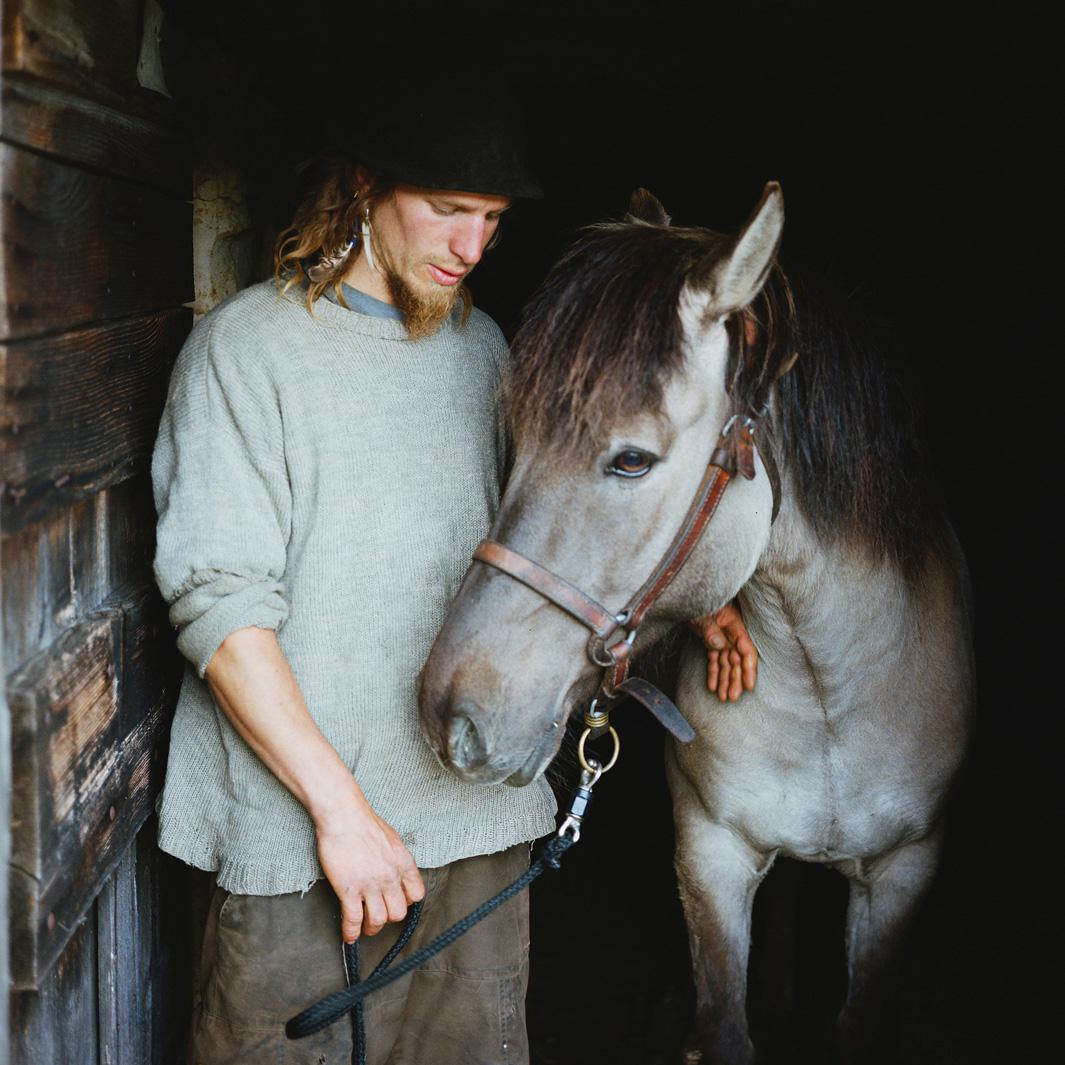
Antoine Bruy
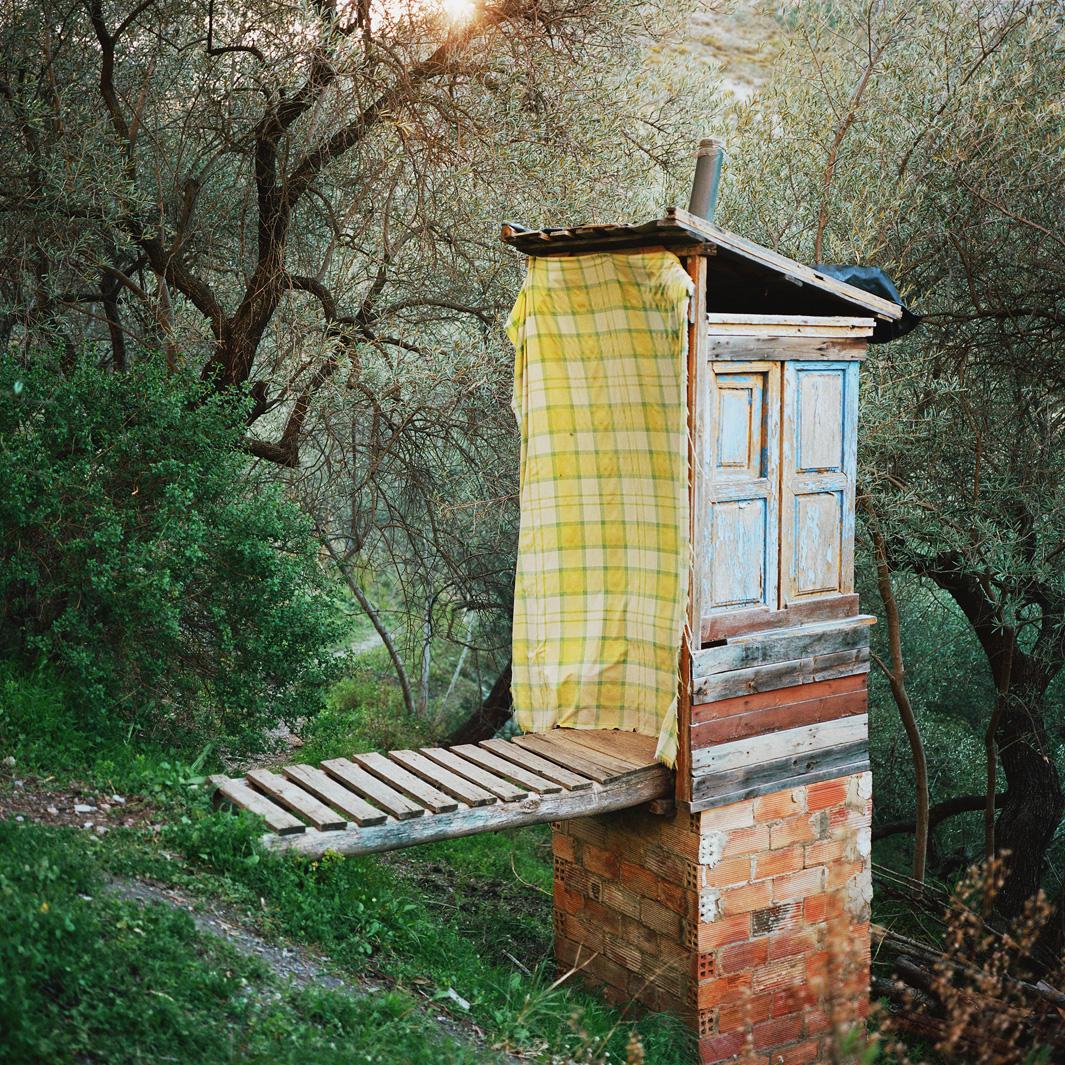
Antoine Bruy

Antoine Bruy
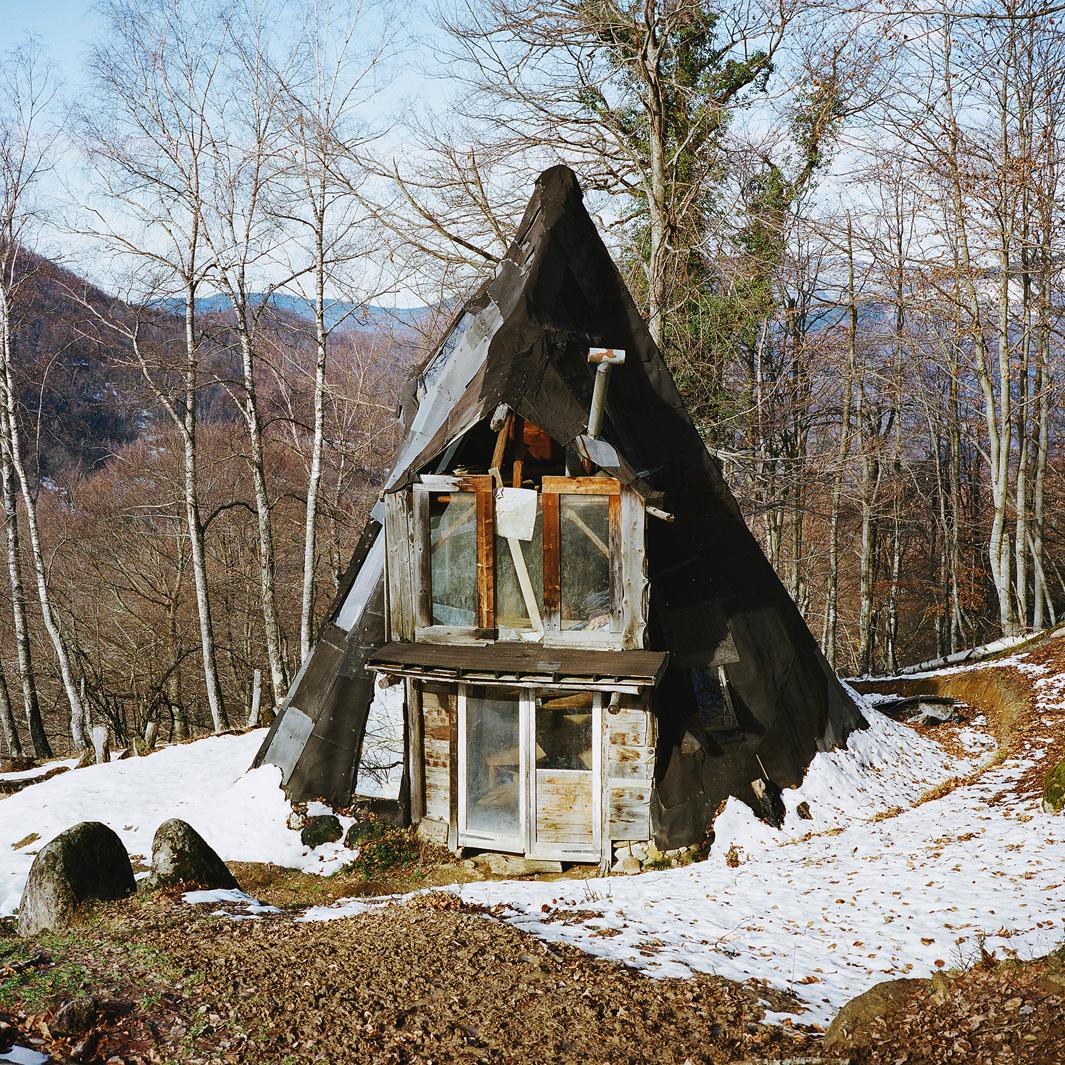
Antoine Bruy
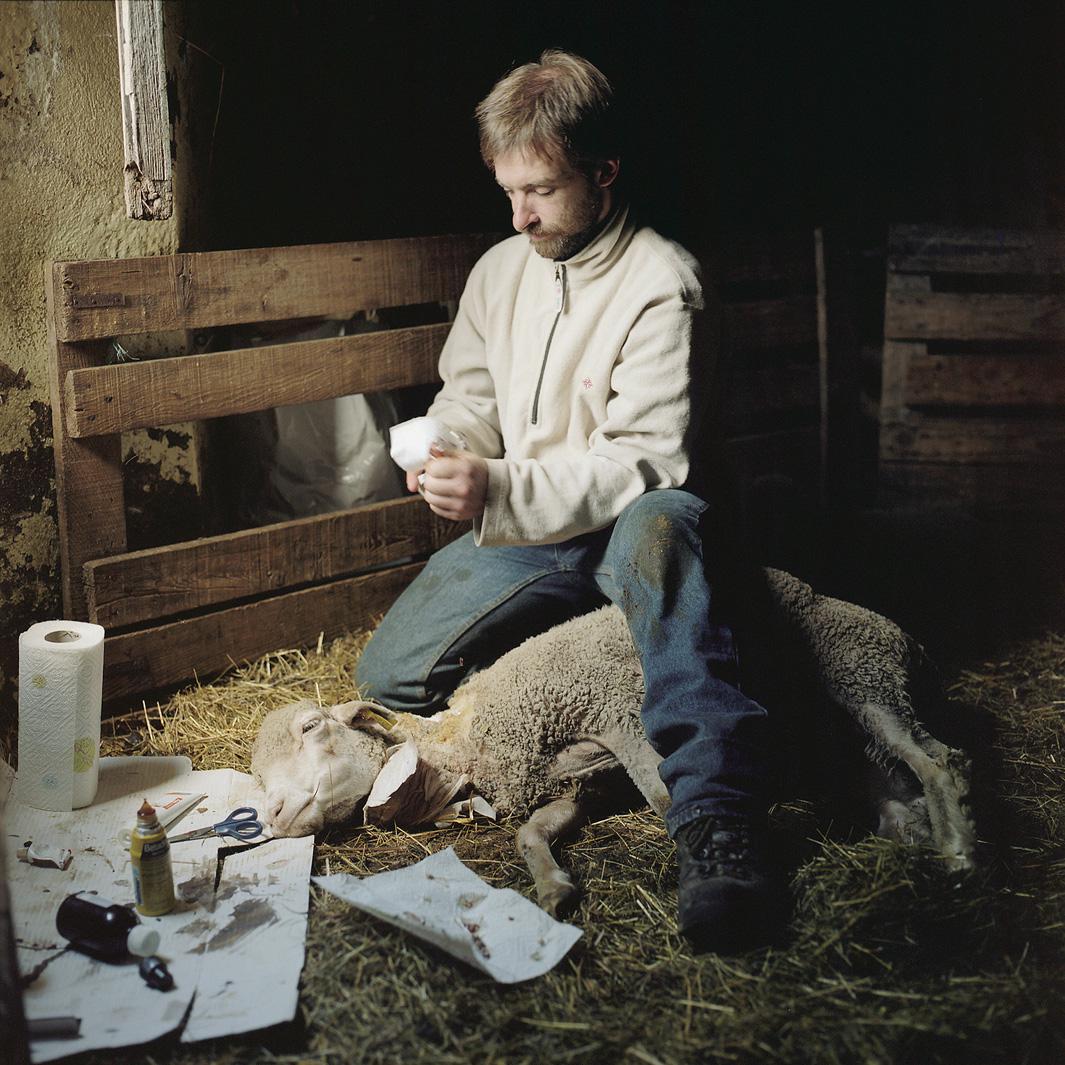
Antoine Bruy
While they all aspire to some degree of self-sufficiency, Bruy’s subjects represent a range of experiences. Some live without electricity or running water, while others are equipped with most modern conveniences. Bruy isn’t necessarily concerned with finding the most extreme cases. Instead, he’s interested in capturing a variety of people who have chosen alternative lifestyles. “Some of them would say they’re 30 percent self-sufficient or they’re 60 percent self-sufficient. It’s very hard to check those numbers. The most important thing, for me, was the intention,” he said.
Bruy doesn’t identify himself as a photographer when he starts working on a farm. His first concern is getting a taste of the life there and getting to know the people. “I don’t want to arrive as a photographer. First, I want to meet the people, enjoy the lifestyle and give a hand. If we make a connection, then we can start making pictures,” he said.
While those pictures do capture real people and places, they’re very much shaped by Bruy’s desire to create a specific and unified aesthetic vision. “’I’m trying to find pictures which give a feeling of being out of reality somehow and out of time,” he said. “In a lot of these places, there are sometimes computers and televisions but I don’t want to show them in the pictures. I want to tell a story.”
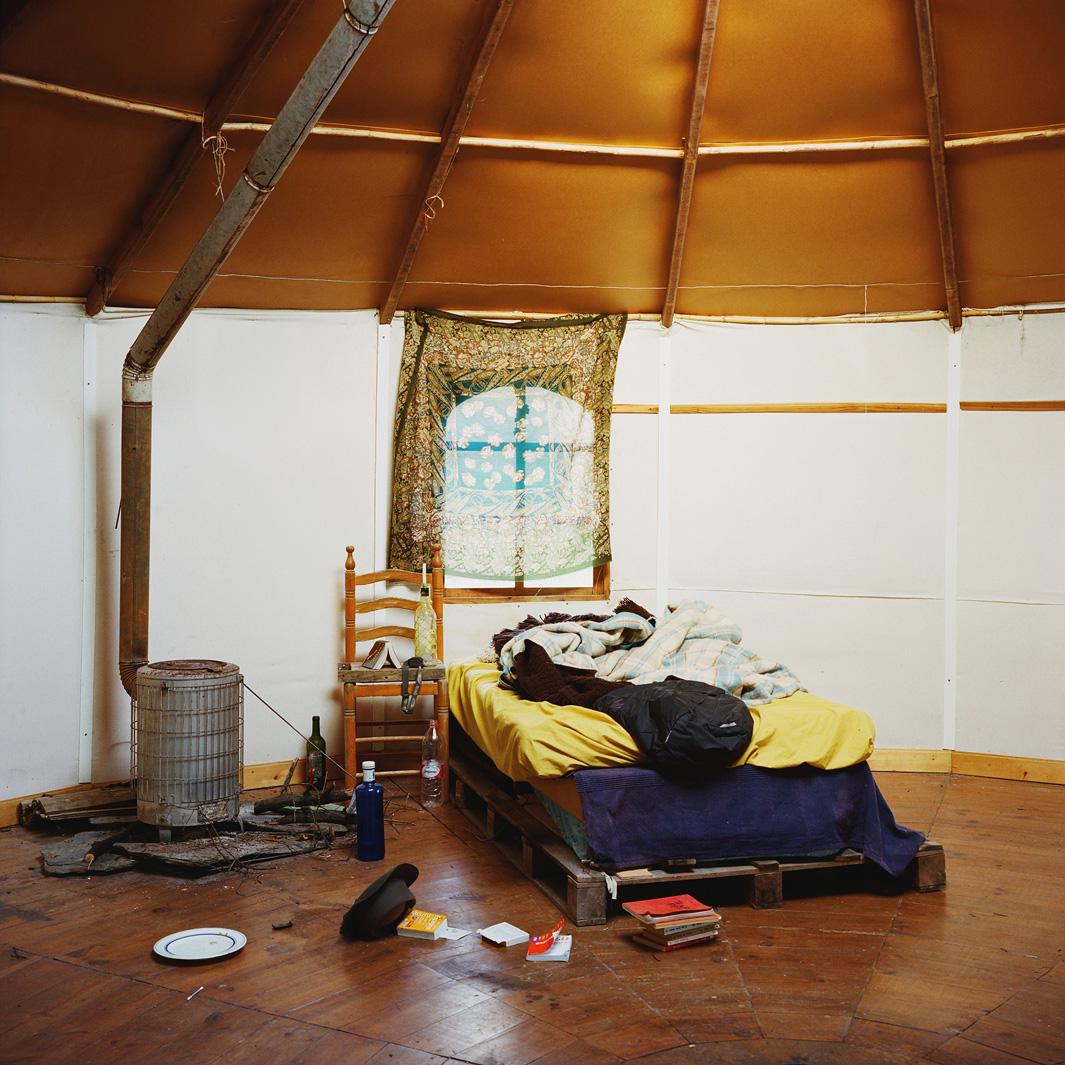
Antoine Bruy
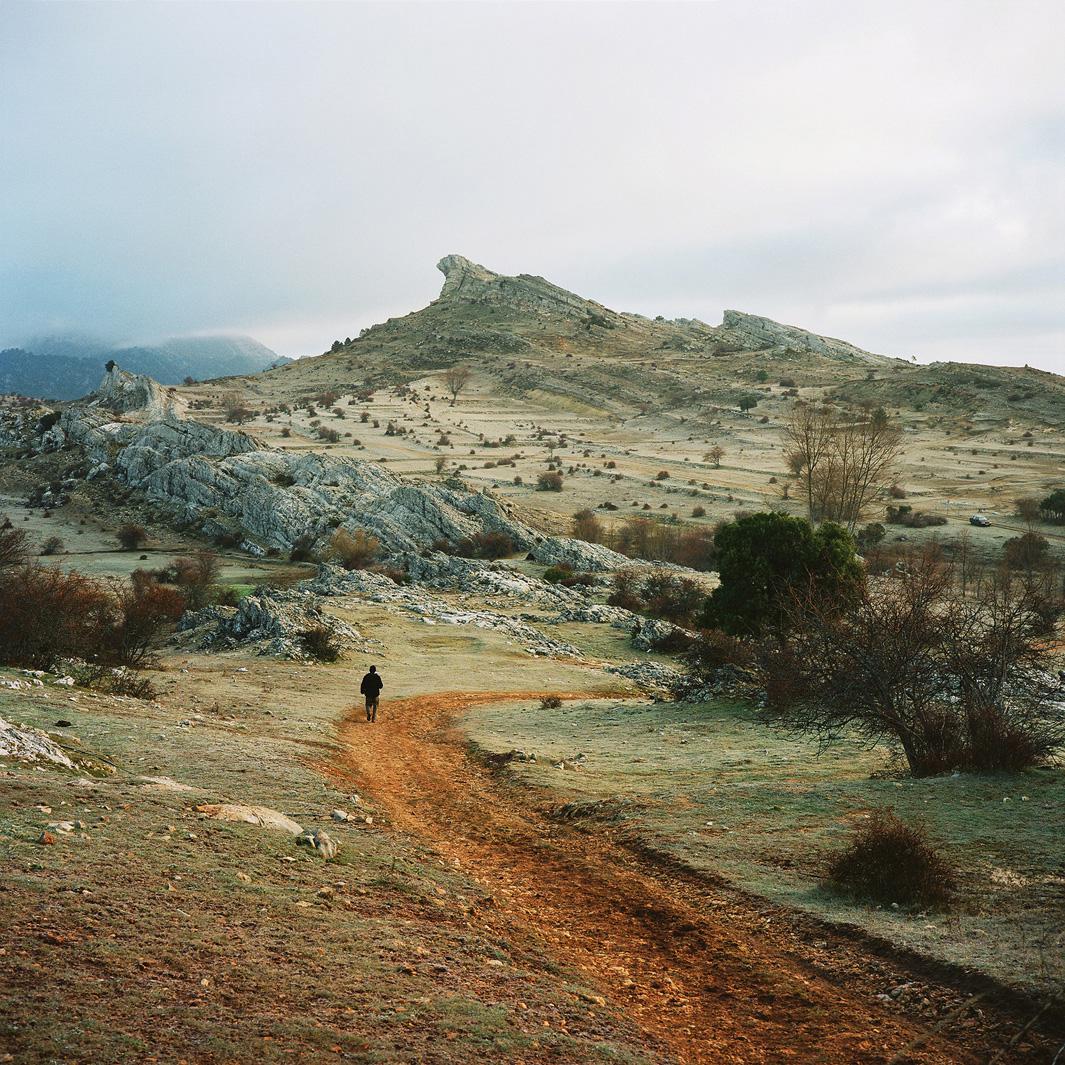
Antoine Bruy

Antoine Bruy
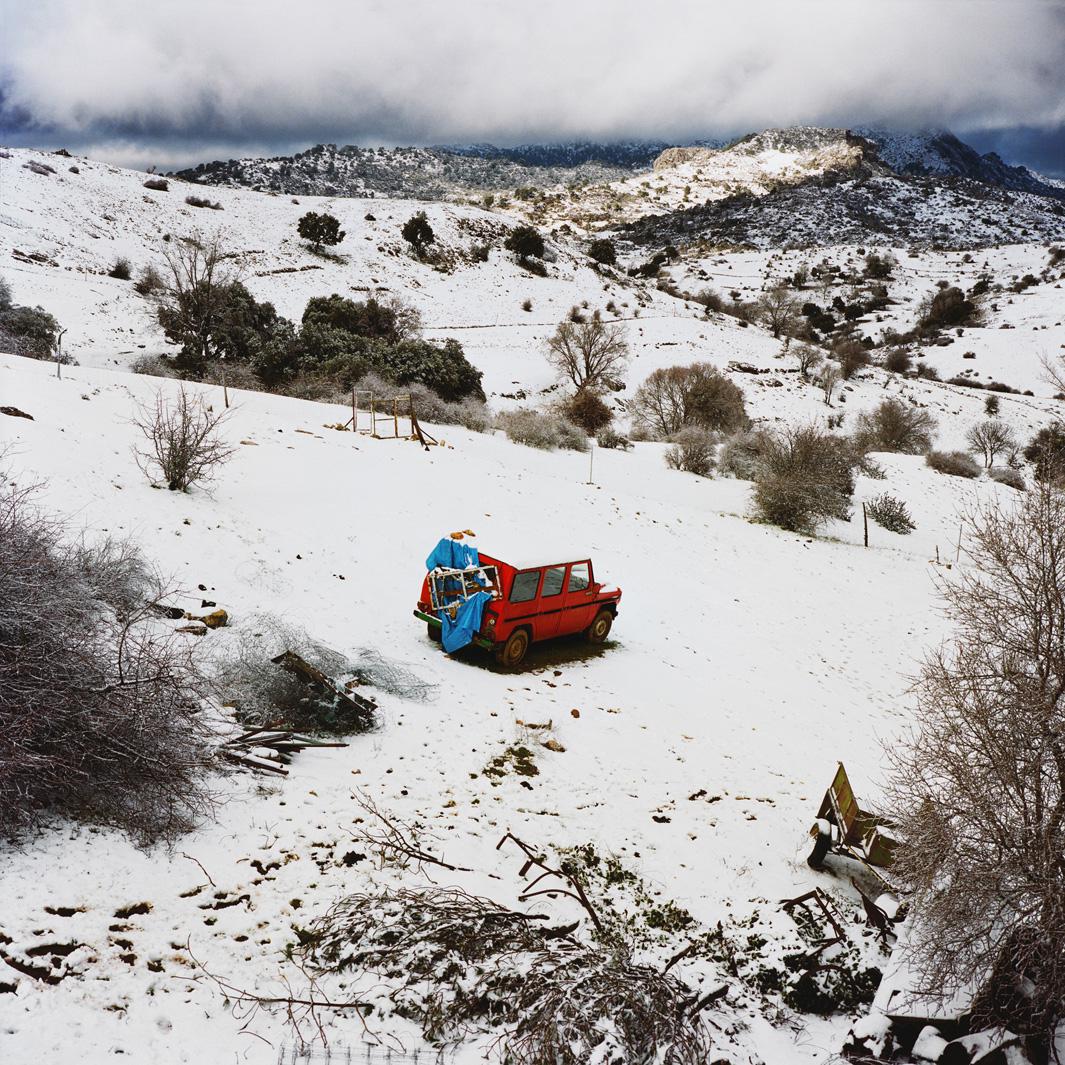
Antoine Bruy
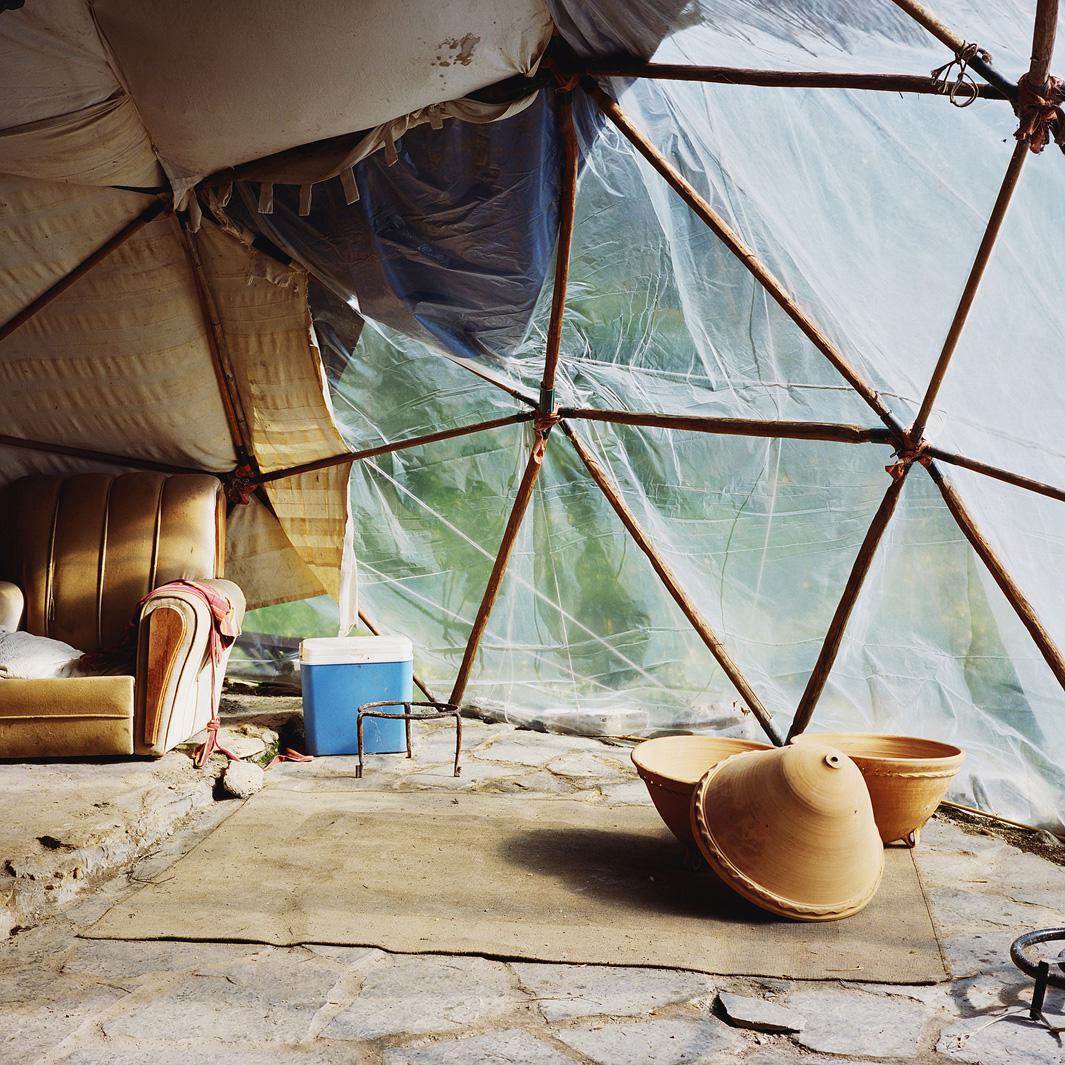
Antoine Bruy
